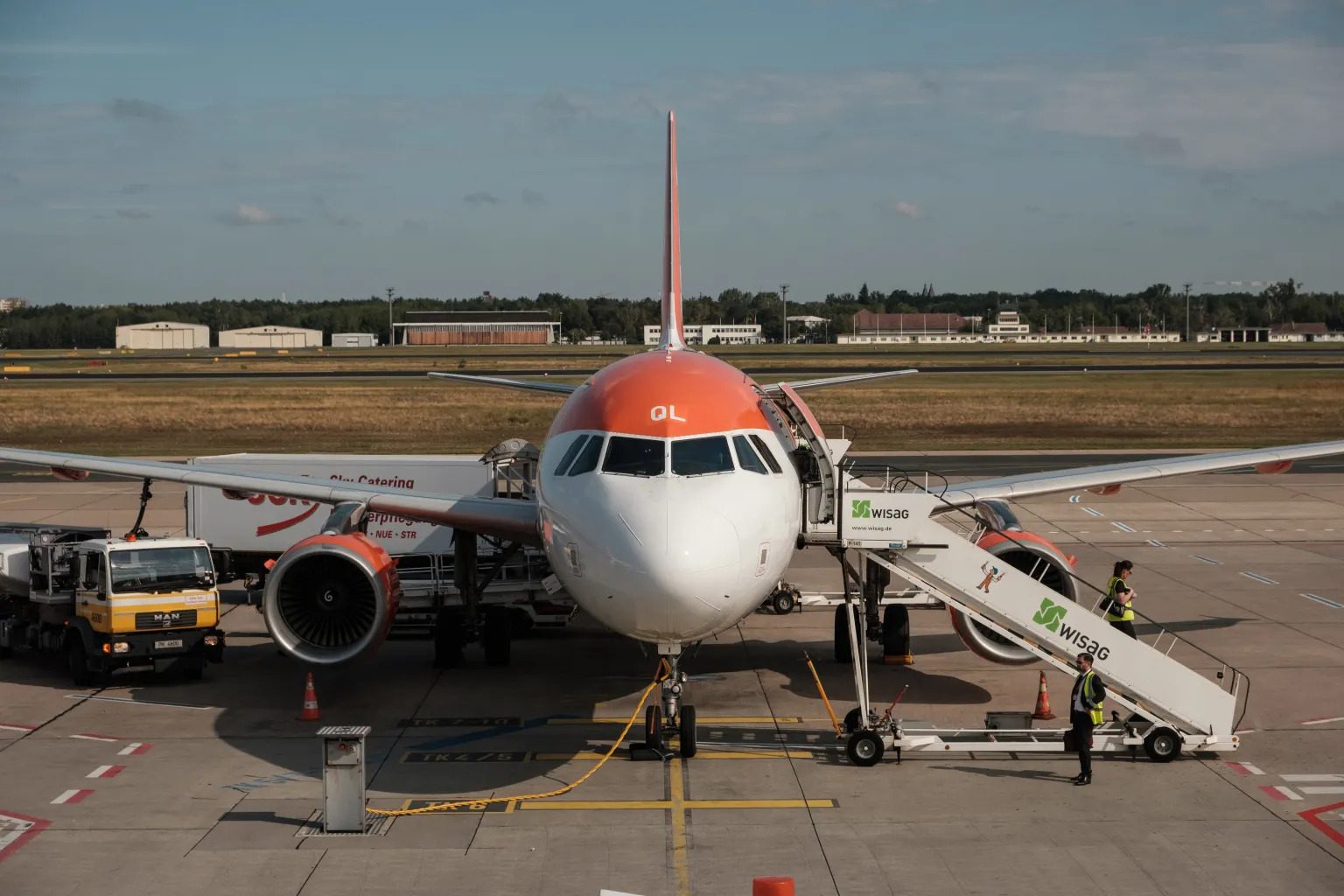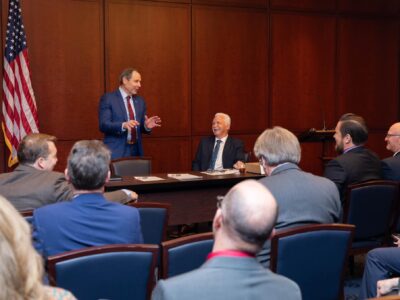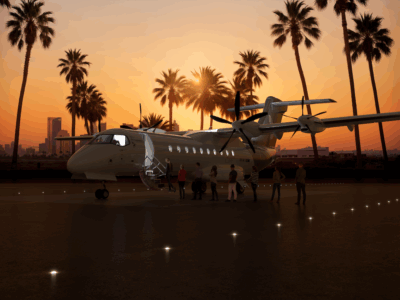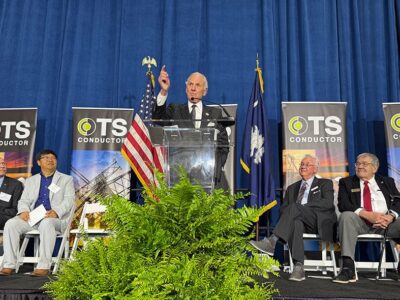Abandoned urban spaces have unlimited, untapped potential. As newer and more efficient buildings come up, cities can repurpose these plots of land into housing, office buildings, and public space. Berlin is trying to create a community that has all three and is sustainable and energy efficient — out of an airport.
The former Berlin Tegel Airport is transforming into Schumacher Quartier, a car-free area with 5,000 new homes. It joins a select group of former airports and airstrips that have or will be repurposed into eco-friendly neighborhoods.
In 2021, the new Berlin Brandenburg Airport opened, closing Tegel and leaving behind a large plot of land and buildings. The state-owned business Tegel Projekt GmbH acquired the land, planning to build a new community that will be walkable, bikeable, and carbon-neutral. Schools, parks, stores, and public transportation will follow the housing construction, and the abandoned buildings will be converted into office spaces. All housing will be sustainable and socially equitable for all residents.
The timeline for Schumacher Quartier’s development will be more than a decade. So far, the project has begun to clear debris, including military equipment, and dedicated fall 2022 to start allocating land and working with residents on the design details for the 100-acre property. The project could be fully completed by the mid-2030s, but the apartments and education campus could be finished by 2027.
Schumacher Quartier is part of a more extensive sustainability initiative known as Berlin TXL, which includes the Urban Tech Republic, the commercial aspect of this new community development.
The goal is to create eco-friendly living and business spaces in the city. Housing will contain wood sourced within Germany, reducing carbon dioxide emissions by 80%. The community open spaces will act as “sponges” to trap rainwater and prevent flooding.
“If the water evaporates on hot days, it cools the surrounding area — and if instead, it seeps in, it fills up the groundwater,” Constanze Döll, press secretary for the Tegel Projekt, told Fast Company. “This self-contained system makes for local climate regulation, aided by many large-leaved, deciduous trees that act like natural air-conditioning systems.” Rather than using energy to run machines, Schumacher Quartier lets nature handle the job.
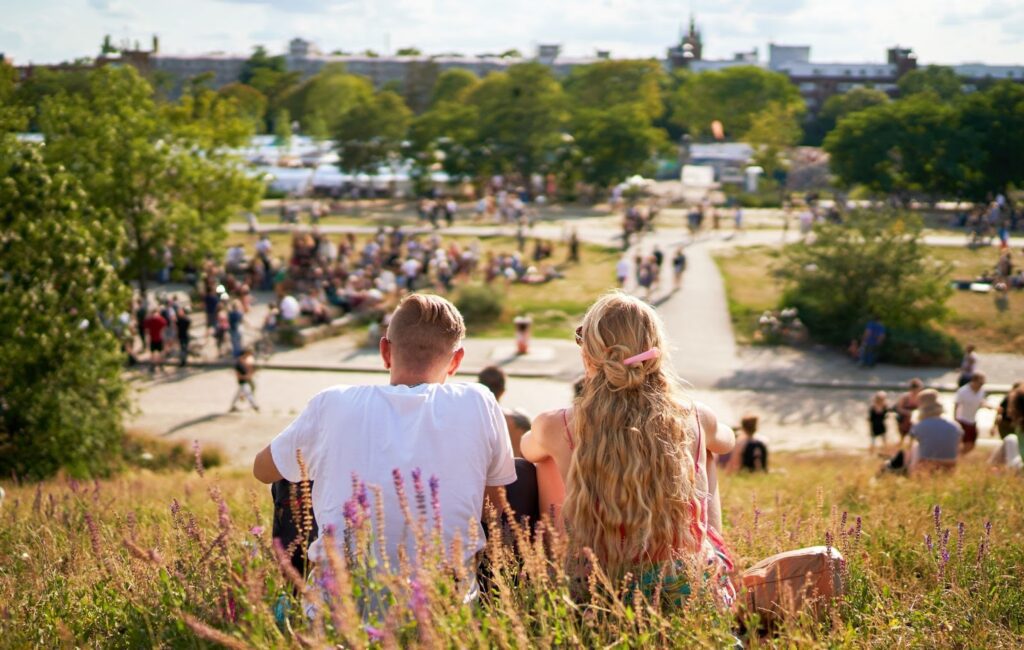
Tegel is not the first airport to be repurposed for communal urban spaces. Another site, Tempelhof, was closed in 2008 and by 2010 was converted into a public park equipped with baseball fields, kite-flying areas, biking, and big events, including annual Formula E races since 2015. It is used as a creative area similar to the Meatpacking District in New York and Brompton Design District in London.
Tempelhof also served as a bird habitat for the Eurasian skylark and served as the catalyst for future repurposing, as we see with Tegel.
These projects are not exclusive to Germany or Europe. In the U.S., a former Marine Corps airbase in Irvine, CA, was transformed from a soil contamination site into a park in just a few years.
Marine Corps Air Station El Tore (MCAS El Toro) was closed in 1999, and when discussing what to do with the military base, Irvine lobbied to have the area converted to a public park — and that’s what happened. The military sold the land in 2005 to a consortium called Heritage Fields LLC after the Navy’s intense soil remediation effort.
The development plans for the 3,700-acre property included residential, golf courses, schools, and commercial spaces, and 1,375 acres were dedicated as a park. The area, known as the Great Park, opened in 2007. It contains many attractions, like a balloon site, sports and recreational facilities, and a water park.
The success of Tegel’s development can lead to more types of these sustainable projects worldwide in the future. However, it also signals a return to the past.
“The Schumacher Quartier is planned in such a way that the streets and squares belong to the people again, rather than to cars,” Döll said. “We want to let people rediscover the public space … for socializing, playgrounds, places to relax, and talk.”

